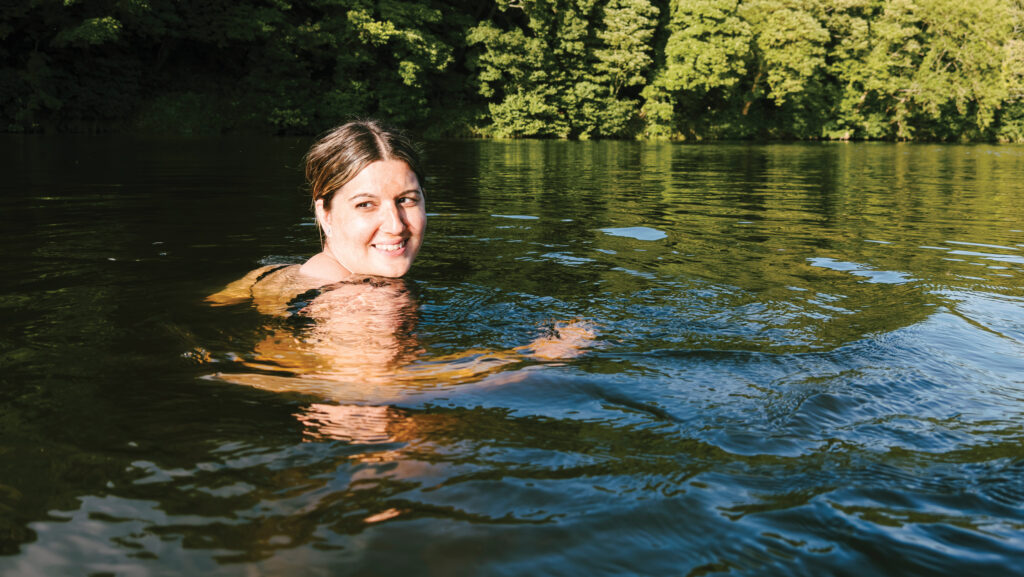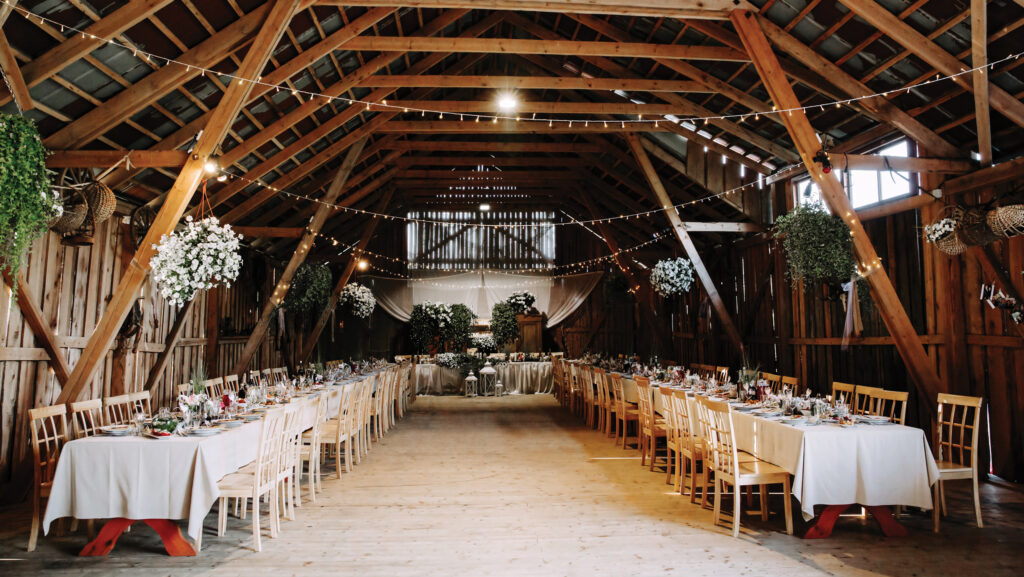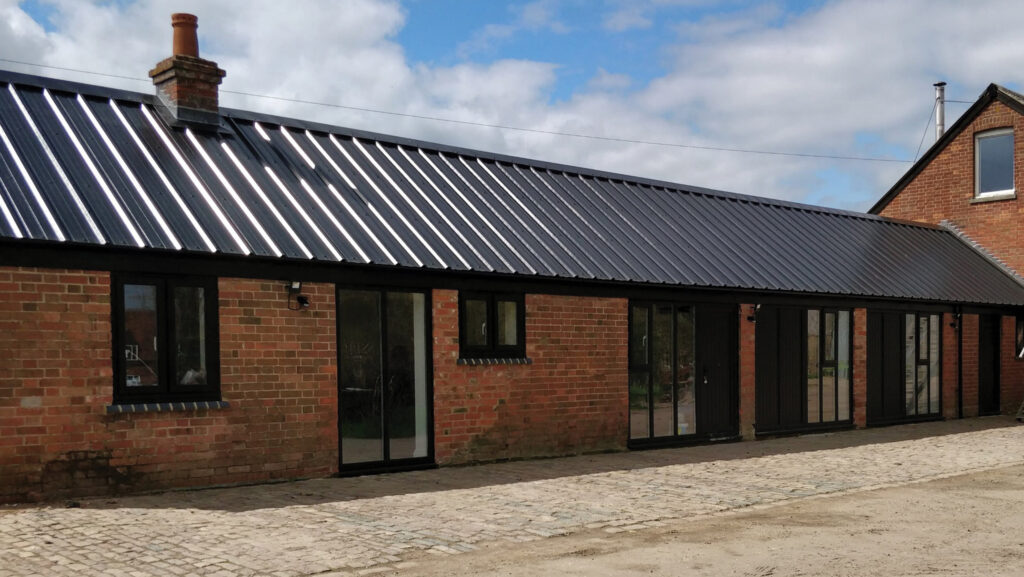What’s hot and what’s not in the farm diversification market
 © Adobe Stock
© Adobe Stock It is a tall order to maintain a quality offering while managing rising costs, but it’s a balance which many diversified farm businesses are having to strike.
Those with a public-facing front are finding customers more discerning, seeking value for money and a high level of service, often at short notice in the case of accommodation.
While established diversification types such as farm shops and attractions, holiday lets, campsites and commercial lets continue to represent the majority of the offering, there are important new areas to explore.
Wellness is a rapidly expanding market, says Simon Foster, director of Savills’ tourism, leisure and events consultancy.
See also: Farm based holiday providers face a tough 2025
This includes wild swimming, cold water immersion, saunas, and the meditative experience provided by a sound bath, as well as a wider range of nature-based activities and experiences.
“There are some great examples of landowners developing interesting products,” says Simon.
“These don’t have to be glitzy offerings, it can be very simple and a real business opportunity.”
Natural resources
Wild swimming, mainly in lakes, is increasingly popular.
Using a natural resource on the farm, such as a lake that may not otherwise be earning, means some options can be relatively low capital cost.
More costly diversification, in contrast, would be for example, converting buildings to holiday accommodation or constructing a new farm shop or café.
They can also be relatively easy to operate, and additional services or offerings can be bolted on, once things are up and running.
Nature-based tourism is also growing across a wide range of initiatives offering people a connection with the natural environment.
Savills has been working on several projects where landscape recovery work, such as rewilding, is being supported by new and complementary tourism enterprises such as treehouses and cabins, visitor centres, farm shops and so on.
“This emerging trend plays to the growing demand for unique and authentic experiences and reconnecting to nature and the landscape,” he says.
However, whatever is being undertaken must be well thought through, a high-quality offering and well-managed.
“You’ve got to do it properly – people’s expectations are high these days,” says Simon.
The interaction of the public with conservation measures also needs careful thought and management.
Competitive sectors
The headwinds are quite challenging, so holiday accommodation, glamping, wedding venues and visitor attractions need to stand out in an increasingly competitive market, says Savills’ Simon Foster, with the lower end of the market suffering.
“The leisure markets are recovering slowly post-Covid but are generally not yet back at pre-pandemic levels.
“Operators are generally struggling to rebuild their businesses with the additional pressures of increases in employer national insurance contributions and the national minimum wage.
“The trend is that people are booking visits or stays much later and often for shorter periods of time.
“Where budgets are constrained, consumers would rather shorten the length of their stay rather than compromise on the quality of their holiday accommodation.
Wedding venues
“There are areas of the country where wedding venues are oversupplied – it’s not saturated but extremely competitive,” says Simon.
“There are still opportunities if you can provide quality in an attractive location or are offering something different.

© Adobe Stock
“There are national operators looking to take a 20-year lease on some sites, which indicates optimism if you get the offer right.”
Alongside the growing wellbeing market, authenticity and sustainability are increasingly important for customers of rural tourism, leisure and events enterprises.
Innovation
The firm’s latest report on that sector says venues are innovating and creating new income streams by offering pop-up festivals, wellness retreats and ticketed events such as Christmas parties or live sports broadcasts.
To remain competitive, tourism enterprises must provide value for money, leverage technology and use targeted marketing, says the firm.
Visitor attractions have suffered two consecutive seasons of mixed weather, with the result that, in general, indoor offerings have fared slightly better than others, says the report.
Membership or subscriptions can increase the number of visits.
Uncovering potential
Some farmers feel they must diversify but it’s simply not right for everyone.
Feeling pressure to do so is not really the right approach, says Daniel Bennett, business development manager at specialist diversification consultant Dudley Peverill Associates.
“Most places have the potential to do something, but it’s a question of uncovering the right thing – it’s got to be right for the business and the people,” he says.
“Also, farmers are so often doing everything in the business themselves, they think they must manage the diversification too, but you’re moving into a very different type of business, and marketing is a particular skill.
“There are plenty of other people out there who can do parts of it for you.”
The consultancy works with farms of all sizes, usually from appraisal through the whole project, bringing in other specialisms where necessary, says his colleague Alex Moss, a partner in the firm.
“First, we look at the existing business and the aspirations, challenges that might inhibit a project, such as access to capital, inheritance tax concerns and so on, and try and align with their preferences,” says Alex.
“Sometimes people come to us with a preconceived idea – we’ll try and match their aspirations with what is viable on site – things such as access, infrastructure, local population demographics and mobility data will all influence what is viable.”
This means occasionally dissuading someone from going ahead with their idea or from thinking that they have to be the one who delivers and manages everything.
“There are other structures that can be employed, such as joint ventures, rental agreements and franchises.
“For example, someone might have the idyllic spot for glamping but they don’t want to deal with the public, they just want to farm, or they don’t have time or the skills.
“There are operators who will work on a fixed-fee or profit-share basis, they will manage the enterprise and the farmer receives an income from it.”
There is an increasing appetite for this type of so-called “passive income”, says Daniel.
“Nothing is truly passive, but things such as container storage, which is becoming more difficult because of planning policy, redevelopment of redundant farm buildings for offices or B2 light industrial uses or B8 storage are all popular and can then be managed by someone else if that is preferred.”
What’s in demand?
Rural offices is still a fairly buoyant sector, depending on location – in particular, for smaller rural offices.
The larger office sector saw a bit of downturn recently, says Alex, but he is expecting the general and rural office market will become a bit more bullish as larger businesses seek better-quality offices.

© Dudley Peverill Associates
“There’s always a demand for light industrial and storage rental space and generally for classy business facilities – that’s a relatively low capital spend and relatively low risk option and makes up a lot of our work.”
Dog walking fields are expanding – there is an increasing number of operators and franchising operations in this sector, indicating growing demand.
Experiences matter
“There is always a market for something experiential for the consumer, so where you are developing an idea such as retail or another public-facing operation, you might think about stacking enterprises – for example, if you are developing a building but also implementing BNG [biodiversity net gain] in surrounding parcels.
“This way you are not only raising capital from the land to help fund the development project, but also creating the narrative as to why people should go and visit or stay there.”
Adding value
Adding value to farm produce is another area where Alex sees potential and where some of the best returns and most successful ventures are to be found, he says.
“Some of the best projects we work on are with people who have a fantastic mindset, they are really going to invest and create this product and brand.
“These are all bigger capital investments, often not just processing a product but showing how they do it on farm, inviting people in and expanding the time they spend there.
“These people really truly want to innovate and diversify.”
Barriers to diversification
Access to capital
Generating finance for a project can be block progress. Banks want to see an increasingly professional approach to a new project, its planning and budgeting.
Asset finance is not always a familiar route for farms but can be a useful source of funding for plant and equipment, says Daniel Bennett of Dudley Peverill Associates.
Time and management resource
This can also be a blocker. Those planning a project need to devote a lot of time to it and be realistic about the management resource and skill it is likely to demand.
This includes considering alternative business models to deliver what is planned.
Succession
While diversification often creates an enterprise to allow a new generation to become involved in the business, Dudley Peverill is often approached by a successor who wants to diversify and innovate.
However, the older generation still holds the cheque book and owns the title.
“That can be an inhibitor, because the different generations have different risk appetites and different preferences and interests in the business moving forward,” says Alex Moss, a partner at the firm.
